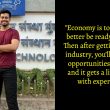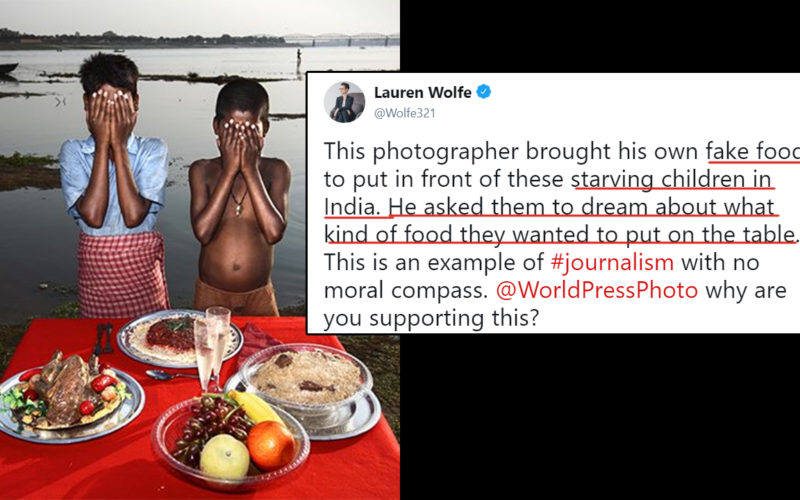It’s an unspoken fact that if you want to show poverty and starvation, grab your camera and head straight for Africa or India. As Indians, we’ve somewhat grudgingly learnt to accept this reality. But the West’s obsession with ‘poverty porn’ is insatiable. And what do you know, we’ve learnt to digest that as well! But then something happens that crosses all boundaries of sensitivity and dignity, we realise, enough is enough. As in this case of a photo series by the World Press Photo Foundation.
An award-winning Italian photojournalist, Alessio Mamo, recently took over World Press Photo’s Instagram account and posted one of his photo series about starvation and poverty in India, called ‘Dreaming Food’.
However, if you read the caption, you’d realise that while the models are real, starving people from Uttar Pradesh, the photojournalist has insensitively put plates of fake food in front of them for the pictures.
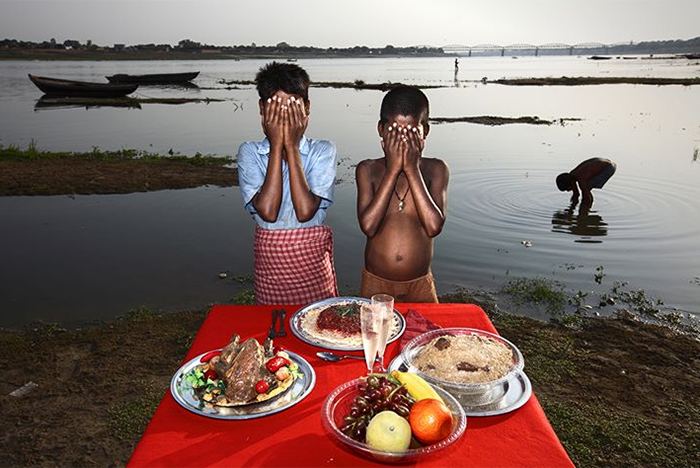
Mamo writes in the caption,
“I brought with me a table and some fake food, and I told people to dream about some food that they would like to find on their table.”
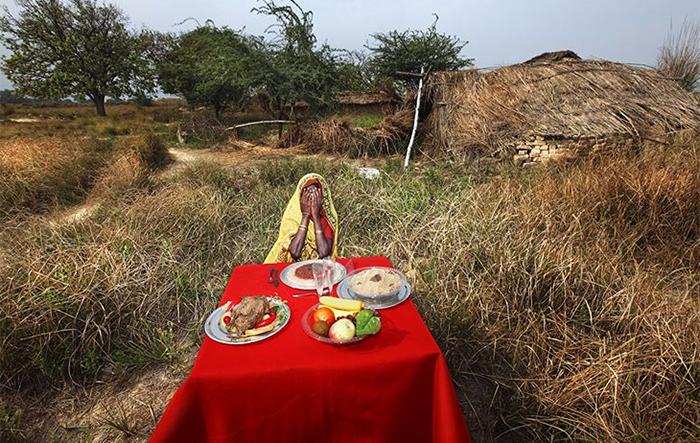
If you find something glaringly wrong and tactless with this photo setting, congratulations, your humanity is indeed intact. As for the photojournalist who shot these, the jury is still out on that. And might I add, the jury is very, very angry.
The comments on the Instagram post were seething with anger and outrage over this insensitive exploitation of poverty and starvation.
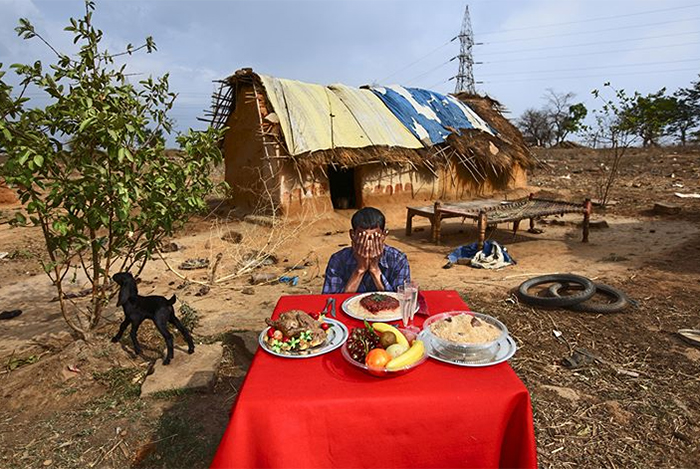
People criticised not just Mamo but also World Press Photo for permitting such pictures to be showcased on its platform.
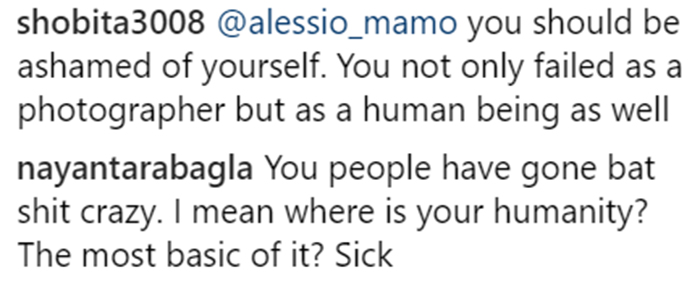

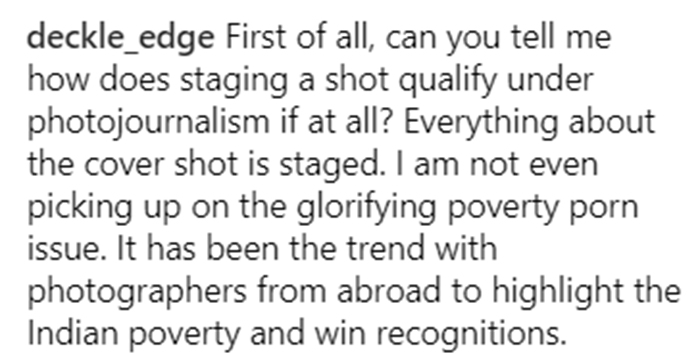
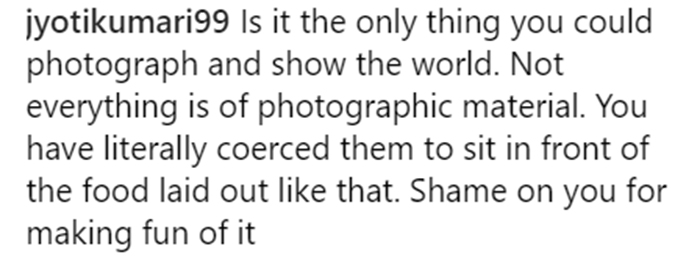
Twitter too was flooded with criticism for the photo series which seems to have taken ‘poverty porn’ to a whole new low.
https://twitter.com/thesimplecrew/status/1021282115508350976
Appalling!
Astonished that this exploitative series won a @WorldPressPhoto award. How to win? Go to a poor country, find a few poor people, preferably children. Buy "fake food". Ask your hungry subjects to cover their faces and "dream" of food. Appalling. https://t.co/t1cEFA39O2
— Ammu Kannampilly (@akannampilly) July 23, 2018
Exploitation and cruelty at its finest.
@WorldPressPhoto before you hand off you IG feed to former award winners – take a look at their work and screen for exploitation and cruelty.
“I brought with me a table and some fake food, and I told people to dream about some food that they would like to find on their table.” pic.twitter.com/eOfUZY82LJ
— Kainaz Amaria (@kainazamaria) July 22, 2018
Tasteless and crass….
Wow, this is tasteless and crass. From photographer @alessiomamo: "I brought with me a table and some fake food, and I told people to dream about some food that they would like to find on their table.” https://t.co/kXHa5Tv9rv pic.twitter.com/eeZXUlNMak
— ǝlʇʇʎl ɐssılǝɯ (@melissalyttle) July 22, 2018
Journalism with no moral compass!
This photographer brought his own fake food to put in front of these starving children in India. He asked them to dream about what kind of food they wanted to put on the table. This is an example of #journalism with no moral compass. @WorldPressPhoto why are you supporting this? pic.twitter.com/4hmDzSJO45
— Lauren Wolfe (@Wolfe321) July 23, 2018
How about taking pictures of food wastage in the West instead?
https://twitter.com/sabrina/status/1021597586128609285
One journalist called for the boycott of World Press Photo for allowing this.
What’s it gonna take for the photojournalism industry to stand up and put a stop to this type of repeated exploitation co-signed by the most prestigious photo contest?
boycotting @WorldPressPhoto events, contests and workshops? https://t.co/gCzJ1NjLob
— Kainaz Amaria (@kainazamaria) July 22, 2018
Some suggested that while World Press Photo Org already lacked editorial integrity, this was a new low for them…
'I bought with me a table and some fake food and I told people to dream about what food they would like to find on the table.'
Even by @WorldPressPhoto exploitative standards. Even with their lack of editorial integrity this is really something else.https://t.co/Z47d40VNGD pic.twitter.com/ZghhM8UTbo
— duck (@duckrabbitblog) July 22, 2018
Shame!
OK, at the best of times I'm unmoved by criticism of photographs of poverty in India. But "a table and some fake food, and I told people to dream about some food they would like to find on their table"? Repellent, and that's kind. @AlessioMamo, I hope you're ashamed.
— Dilip D'Souza (@DeathEndsFun) July 24, 2018
Vile poverty porn project!
This is vile. AND the photographer himself says it's fake food so he didn't even feed the subjects of his photos for taking part in this poverty porn "project"?!?? https://t.co/JRbAuj7Kqh
— Kate Ng (@etaKatetaKate) July 24, 2018
In light of the criticism that they received, the World Press Photo issued an official statement ‘clarifying’ their take on the entire incident.
They maintained that they’ve provided strict guidelines for photographers who take over their account. They even clarified that this particular photo series had not won any awards from them. It was another photo that Alessio Mamo shared before this one that had won the award.
Our Instagram account is a platform for photographers in our community to use. We have guidelines for photographers who takeover the account. You can read those guidelines, and our statement about Alessio Mamo's takeover last week, here: https://t.co/EbZGnesx3s
— World Press Photo (@WorldPressPhoto) July 23, 2018
However, their stance seems quite clear considering the post is still up on their social media profile.
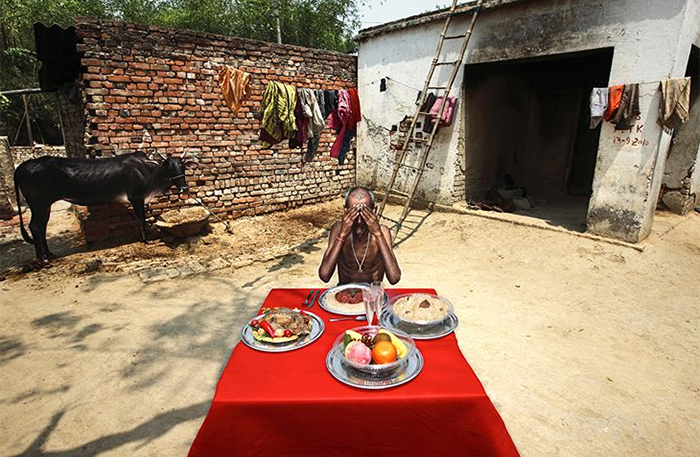
There’s no two ways about this topic. The fact remains that the concept of this photo series is point blank insensitive. Poverty and starvation are harsh realities of India and have often been depicted so in films, documentaries and photojournalism. However, there’s clearly an unacceptable exploitation in this particular case, pushing the limits too far in the name of creativity.
As one of the Instagram comments pointed out….
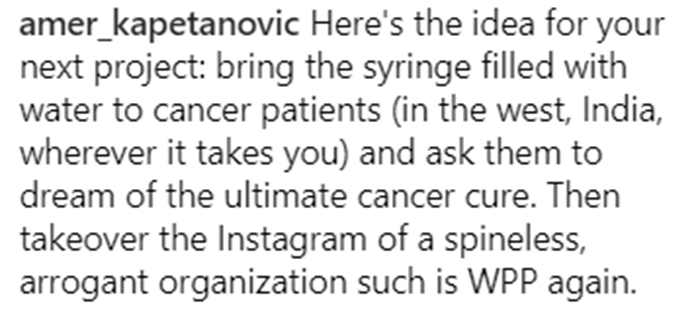
Point made.

